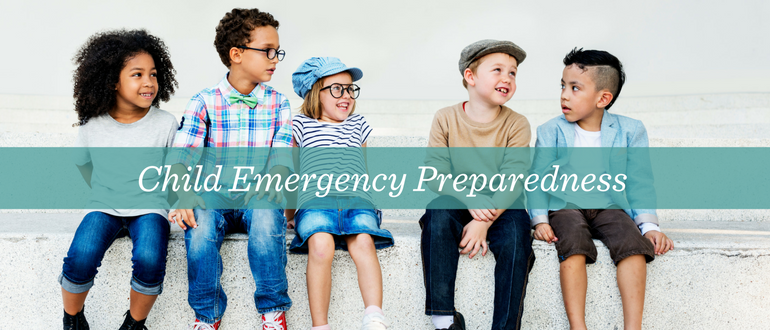According to Save the Children, an estimated 69 million children are separated from their parents/guardians each day when they go to work. While apart, things don’t always go according to plan. A disaster can strike at any moment and won’t wait for you or your family to be prepared and together. While we have warnings for hurricanes and most storms, what about car accidents, school emergencies, or unpredictable weather like tornados? Prepare your child now to save them tomorrow.
Calling 9-1-1
It’s recommended to start teaching your child around the age of four, how to call 9-1-1. With less homes having landlines, it can be a new challenge to teach young children how to dial on a smart phone. Before you start teaching, make sure they can follow directions and recognize when help is needed. Take the time to role play with your child on different scenarios of when it is and isn’t appropriate to call 9-1-1. Teach them how to access the keypad or use the emergency bypass button on most locked smart phones.
Speaking to an Operator
Knowing 911 won’t help your child if they can’t tell the first responders their name and address. There are games that can help children remember their home address, phone numbers, and more! Check out American Red Cross’s role playing Monster Guard app for Apple and Android. Role play with your child as if you were the operator to ensure they understand the questions they would be asked and how to describe their surroundings if they don’t know the address.
Building a Plan and Contact List
In addition to your family’s emergency communication plan, be sure to fill out an emergency contact form for your child’s school. Most schools will provide their own, but feel free to print out a list and keep it in your child’s backpack for quick reference during any situation. In an emergency, this will help the school reach a parent, guardian, family-friend, or relative. Make a list of the people allowed to pick your child up, and communicate with your kid to never leave school with anyone except those designated people.
Preparing with School
Talk with the school and obtain a copy of their emergency plan. Confirm that they practice emergency drills. The school should have at least two ways for you to be contacted in case something happens, whether it be via email, call, or text. Also, provide more than one person to be contacted during an emergency, in case you can’t be reached.
Do you know if their school has an emergency kit in each classroom? If not, consider providing one to keep in your child’s cubby, locker, or desk. Make building an emergency preparedness kit a game and see which items they think should be included!
It’s easy to get prepared! For more tips on disaster preparedness check out our blogs. Don’t hesitate to talk to your local Lighthouse agent about additional coverage and ways to prepare for the unexpected.

